BETTER TOGETHER

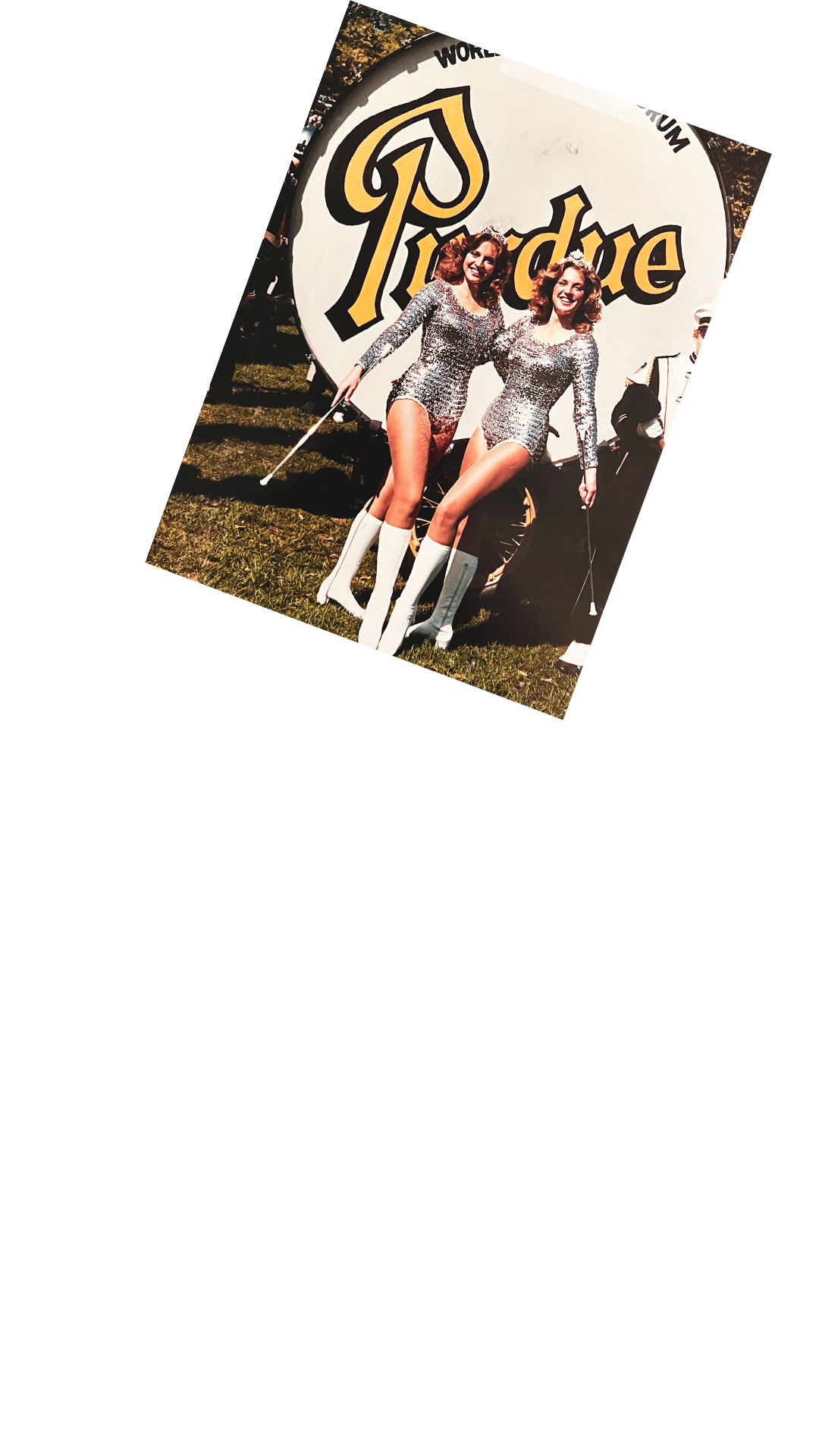
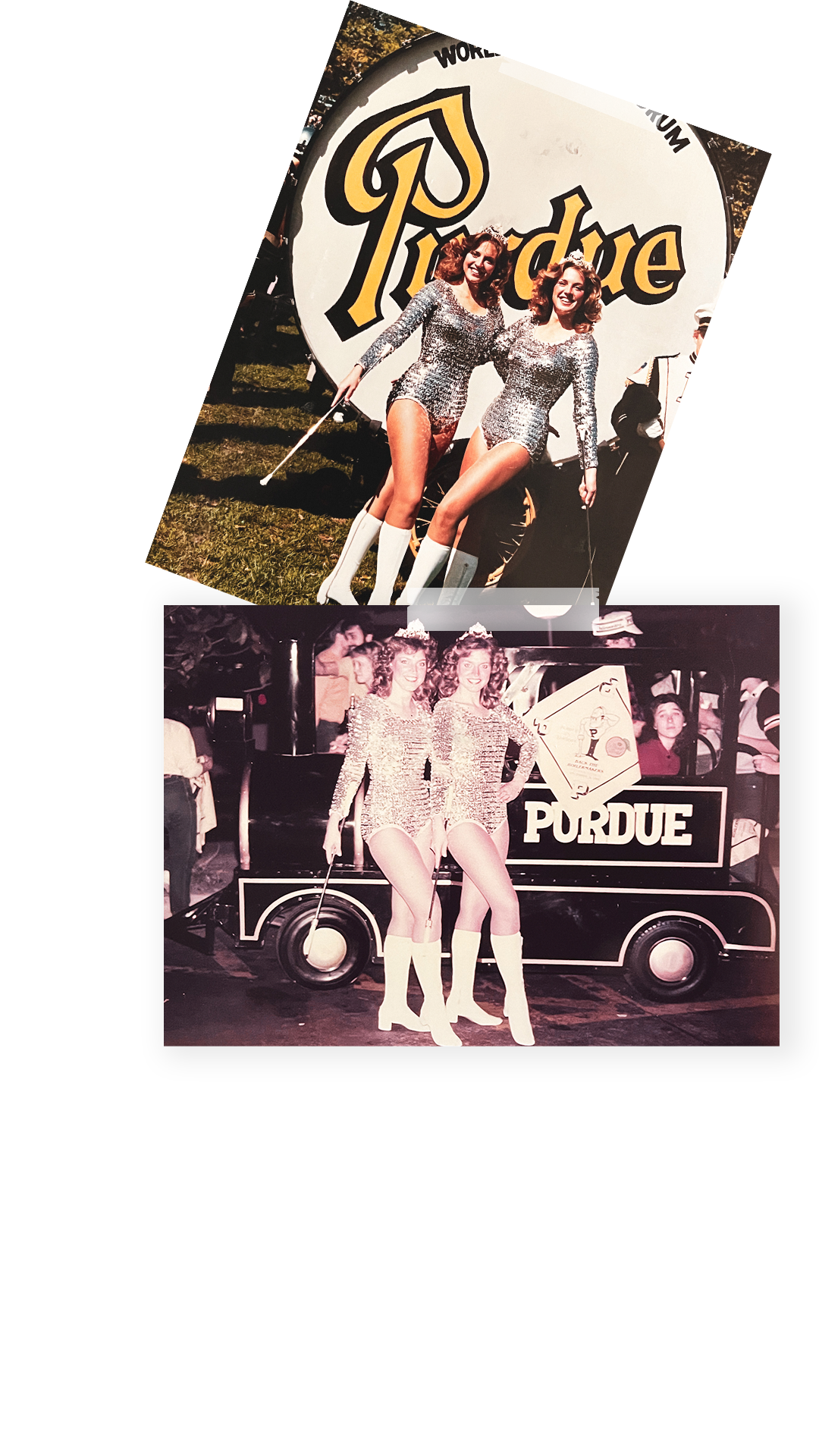
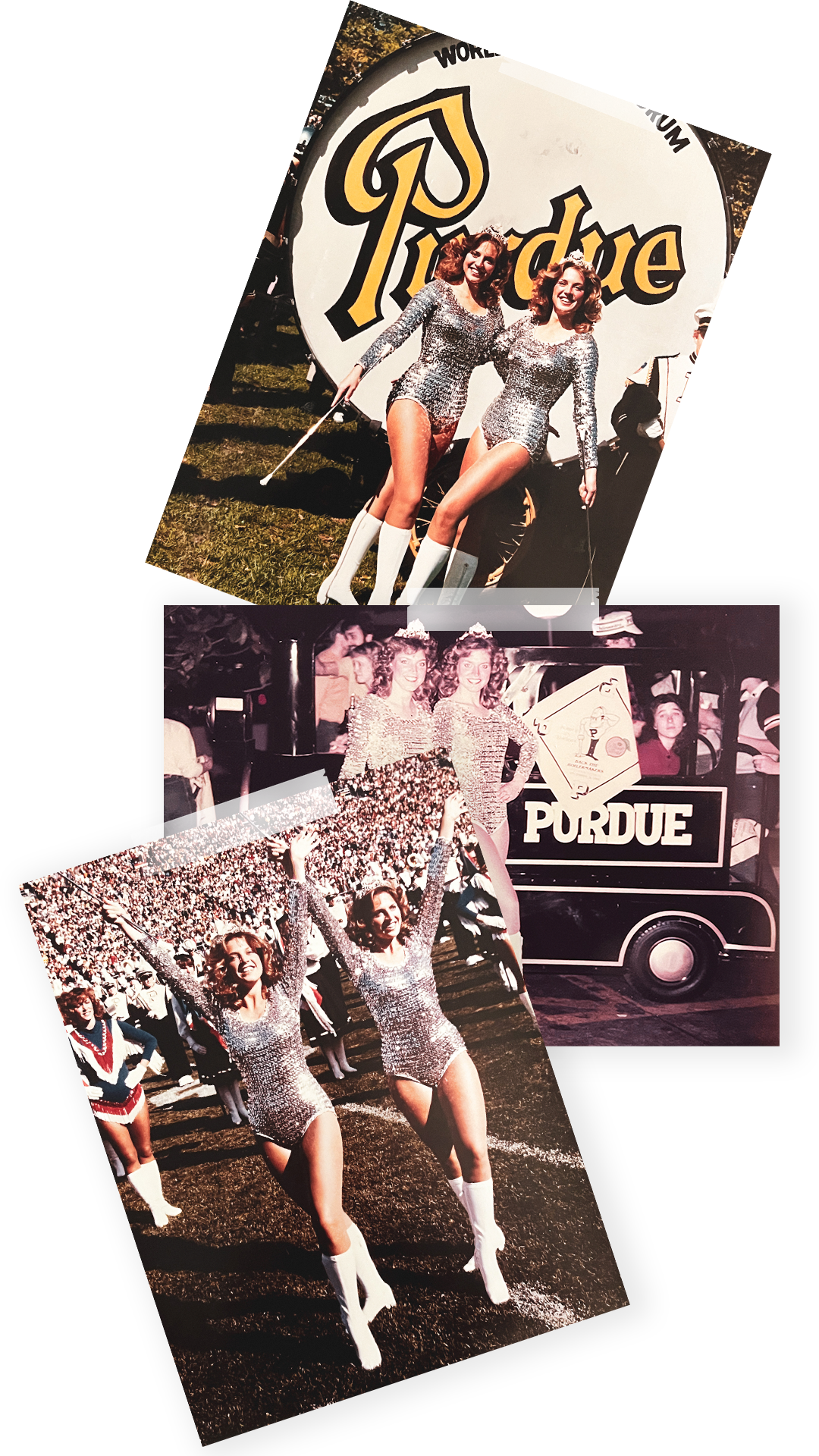
Twins Jean (Gilbert) Putnam (NRS’85) and Jane (Gilbert) Sipe (P’86) grew up wanting to help others through their careers.
As the type of person who would run to help anyone who was sick or hurt, Putnam decided to pursue nursing. Sipe chose pharmacy because it would allow her to incorporate her love of math and science.
Although they were taking different paths, the sisters were headed in the same direction. They enrolled at Purdue, knowing they would earn their degrees from nationally recognized programs. Plus, Putnam and Sipe had been twirlers since they were 5 years old, and they couldn’t pass up the opportunity to dazzle Boilermaker audiences as Purdue’s Silver Twins.
Sipe serves as a private pharmacist for clients—many of whom are elderly—who take several prescriptions and helps them understand how their medications work and how they might interact with each other.
After two decades in patient care, Putnam has spent the past 15 years of her career leading, teaching, and encouraging other nurses as a nursing executive.
Today, both fields face critical staffing shortages that are affecting the entire health-care industry. Some of the root causes have been predicted for several years; others were brought on or exacerbated by the global COVID-19 pandemic.
TODAY’S TOUGHEST CHALLENGES

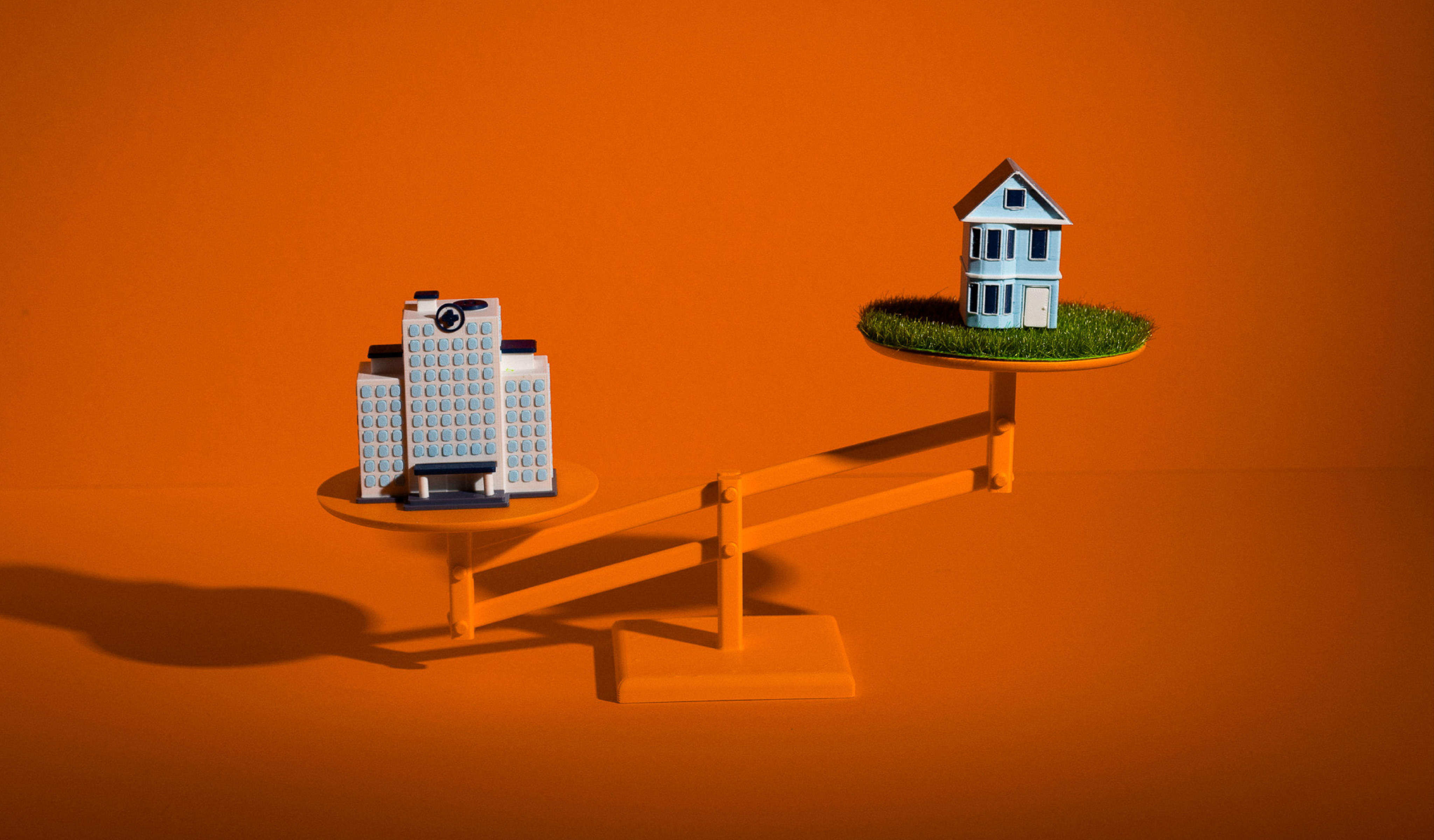
An immense strain on health-care resources is driving the need for health-care professionals to an all-time high.
Indiana pharmacies have been forced to reduce hours or temporarily close due to lack of staff. The state has nearly 4,300 job openings for nurses and is projected to need an additional 5,000 nurses by 2031. To meet this demand, 1,300 additional nurses would need to graduate each year through 2030.

“Industries around the world are experiencing shortages,” Sipe says. “But shortages in health care are especially concerning because patients can suffer.”
Staffing shortages often create the need for longer working hours, which can lead to even bigger shortages.
“WHEN YOU DON’T HAVE ENOUGH HELP, YOU’RE WORKING HOURS THAT YOU SHOULDN’T BE WORKING. THIS HAS CAUSED AN INCREASED AMOUNT OF BURNOUT.”
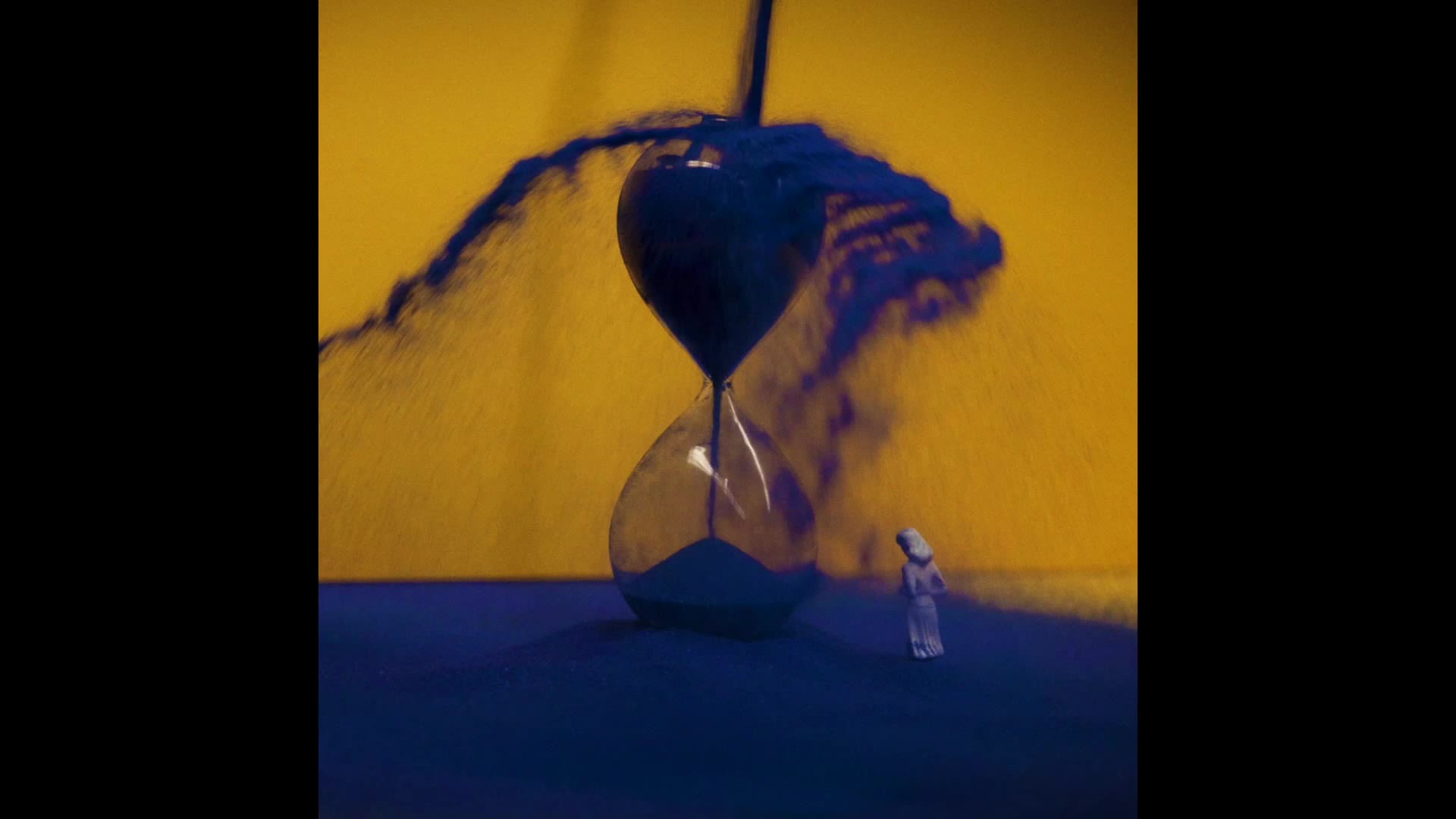
“NURSES CAN DO A LOT OF DIFFERENT THINGS WITH THEIR SKILL SET. MANY OF THEM HAVE LEFT FOR COMPANIES WHERE THEY HAVE BETTER WORKING HOURS OR WORK THAT IS MORE CONDUCIVE TO FAMILY LIFE.”
In some cases, it’s not a lack of nurses that’s the problem—it’s the exponential increase in patients. “People are living longer,” Putnam says. “And while this can be a wonderful thing, many people are living with chronic illnesses that previous generations have died from. On top of that, we are seeing patients with more severe sicknesses because they put off care during the pandemic.”
Despite the current challenges, Putnam and Sipe are optimistic about the future of their fields—and a lot of their hope stems from Purdue and its innovative vision for current and future students.
For more than 135 years, College of Pharmacy graduates have been recognized leaders in the profession and science of pharmacy, and the college consistently ranks among the top pharmacy programs in the nation.
A dire need for Indiana nurses in the 1950s and ’60s led Purdue to develop a nursing program in 1963, which became the School of Nursing in 1979. The school is considered one of the best nursing programs in Indiana and was recently ranked No. 1 in the state by Incredible Health and College Factual.
Graduates from both programs are highly sought after at state and national levels because of their skill sets, often securing highly competitive residencies and leadership positions. However, outdated and disconnected learning environments are causing challenges for current students and faculty.
According to Eric L. Barker, the Jeannie and Jim Chaney Dean of Pharmacy, nearly all of the university’s top 25 peers have more modern facilities than Purdue, placing its programs at a competitive disadvantage for recruitment, accreditation, and interprofessional education. When it comes to collaboration, the nursing and pharmacy programs are currently fragmented across eight buildings—spanning the entire campus from north to south.
Pamela Karagory, who served as head of the School of Nursing before she retired in 2022, acknowledges this significant barrier and looks forward to the university’s next giant leap for the nursing and pharmacy programs.
“WE ARE EXCITED ABOUT THE PLANS FOR A NEW CAMPUS BUILDING—ONE THAT WILL TRANSFORM AND MODERNIZE HEALTH-CARE EDUCATION IN THE STATE OF INDIANA.”
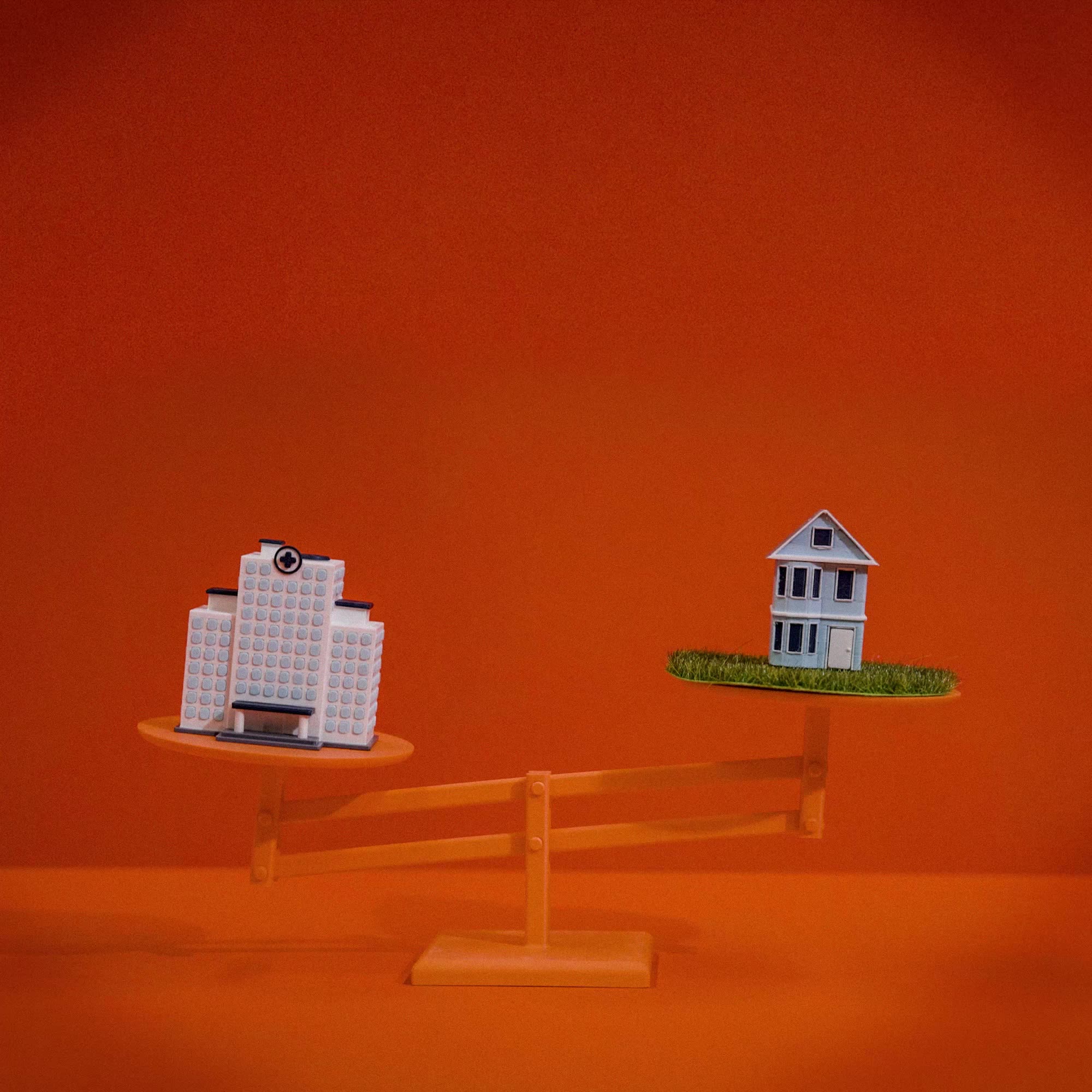
PRACTICAL SOLUTIONS

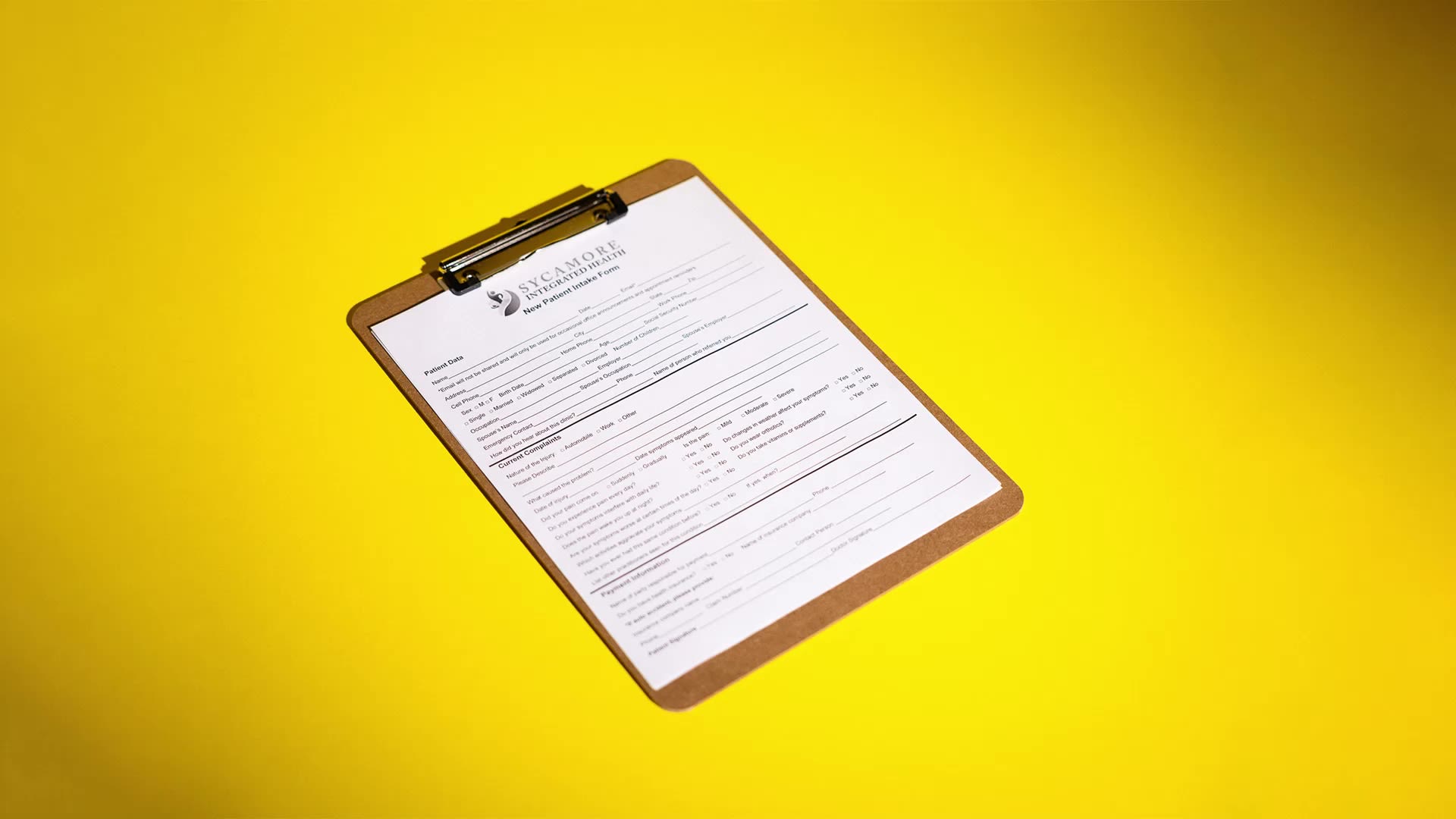
The 186,000-square-foot Nursing and Pharmacy Education Building will sit at the corner of Mitch Daniels Boulevard (formerly State Street) and Russell Street. Designed for innovation, the modern facility is expected to open in October 2026.
“We are thrilled to see this joint effort between the College of Health and Human Sciences and the College of Pharmacy become a reality,” says Marion K. Underwood, dean of the College of Health and Human Sciences. “Through the building’s highly synergetic design, this new space will allow two of Purdue’s outstanding health-care programs to learn alongside each other through valuable interprofessional education and greater research opportunities.”
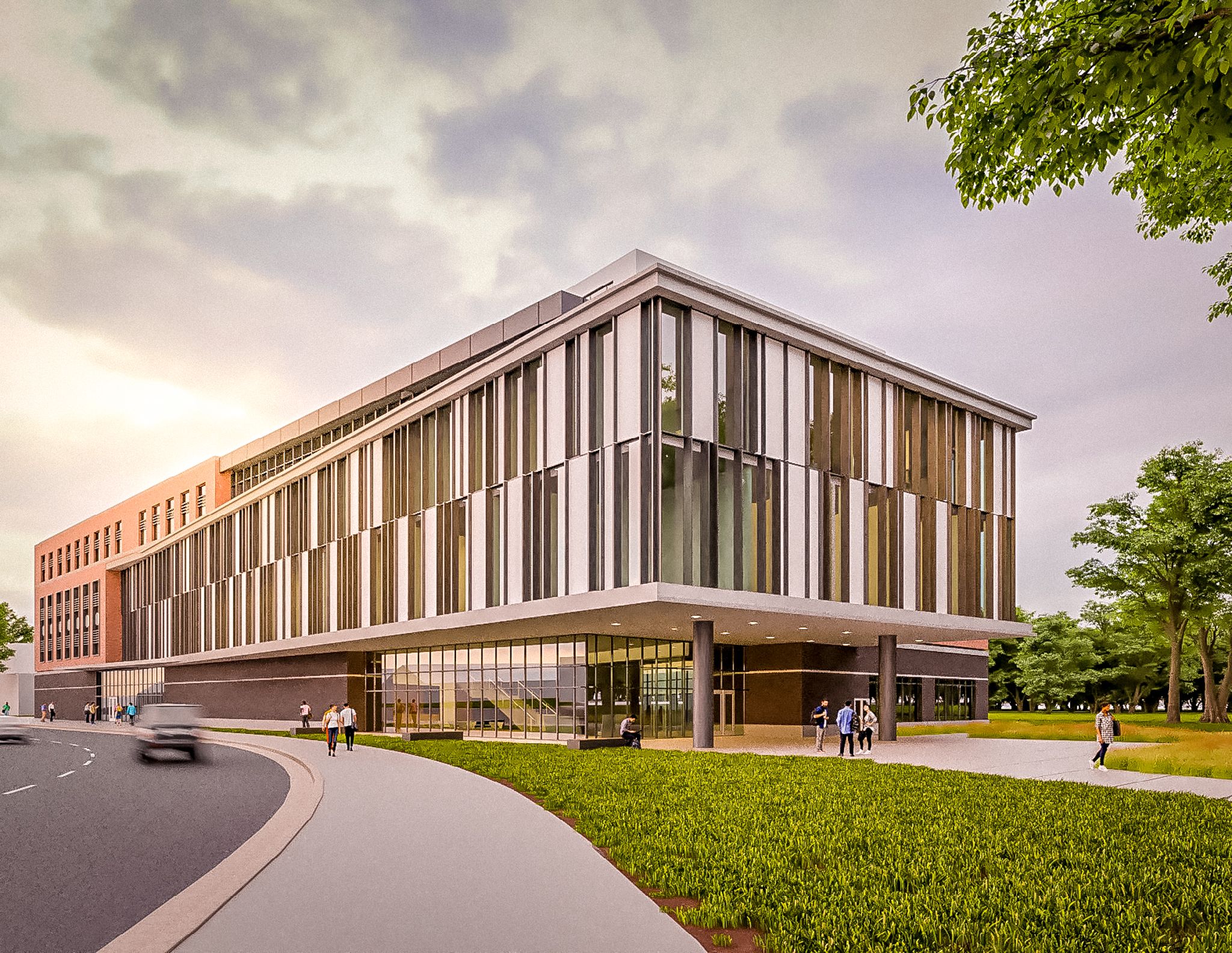
When they were performing as the Silver Twins, Putnam and Sipe supported each other and moved together in unison—and it was seamless to all who watched. Similarly, Purdue’s commitment to foster collaboration within the nursing and pharmacy programs will ensure its graduates excel as professionals in the increasingly interconnected health-care landscape.
Over the past decade, the School of Nursing has responded to local, state, and national primary-care needs by expanding its offerings to include a family nurse program and a psychiatric mental health nurse practitioner program. The school now also prepares its nurses with an increased level of leadership skills and clinical expertise.
Pharmacists are dealing with rapid advances in science and technology and now play an integral role in the delivery of patient care in a broad range of practice settings. Community pharmacies have also expanded to point-of-care testing for diagnosis and monitoring of various diseases, making them a hub for primary health care.
“THE NURSING AND PHARMACY EDUCATION BUILDING IS PARAMOUNT TO PREPARING STUDENTS TO STAY ON THE FOREFRONT OF OUR EVER-CHANGING HEALTH-CARE SYSTEM AND TO SERVE AS LEADERS IN THEIR FIELD FOR GENERATIONS TO COME.”
“This building will support transformative pharmacy education that prepares graduates to be leaders in both general and specialized clinical settings,” Barker says.

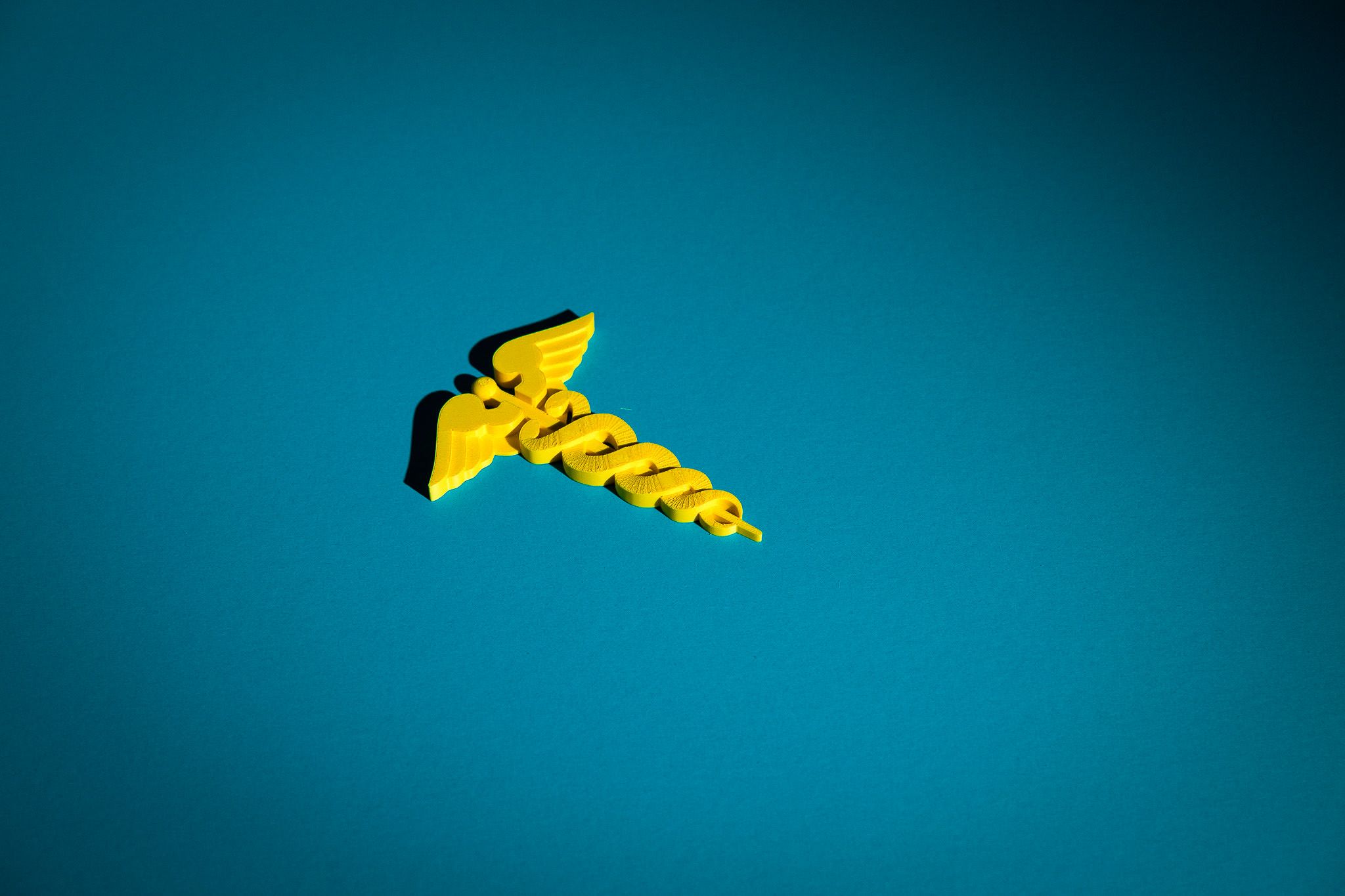
The building will feature clinical-simulation labs, collaboration spaces, large active-learning classrooms, and modern research facilities. The design will encourage the two programs to collaborate, conduct interdisciplinary research, and develop impactful strategies to make a difference across public health, mental health, health equity, and more.
The new building will also give the nursing program adequate space to meet its recent accelerated growth—it has more than doubled in size in the past few years to help address staffing shortages in Indiana and beyond.
“In 2016, the Purdue School of Nursing began a monumental enterprise that would double the number of nursing graduates with bachelor’s degrees by 2020,” Karagory says.
“LED BY OUR AWARD-WINNING FACULTY, THIS PROJECT INCLUDED HIRING 32 NEW FACULTY AND STAFF, RESTRUCTURING OUR CURRICULUM, AND COMMITTING TO THE QUALITY AND RIGOR OUR SCHOOL WAS BUILT UPON. TODAY, THE SCHOOL OF NURSING GRADUATES MORE THAN 200 PROFESSIONAL NURSES EACH YEAR.”
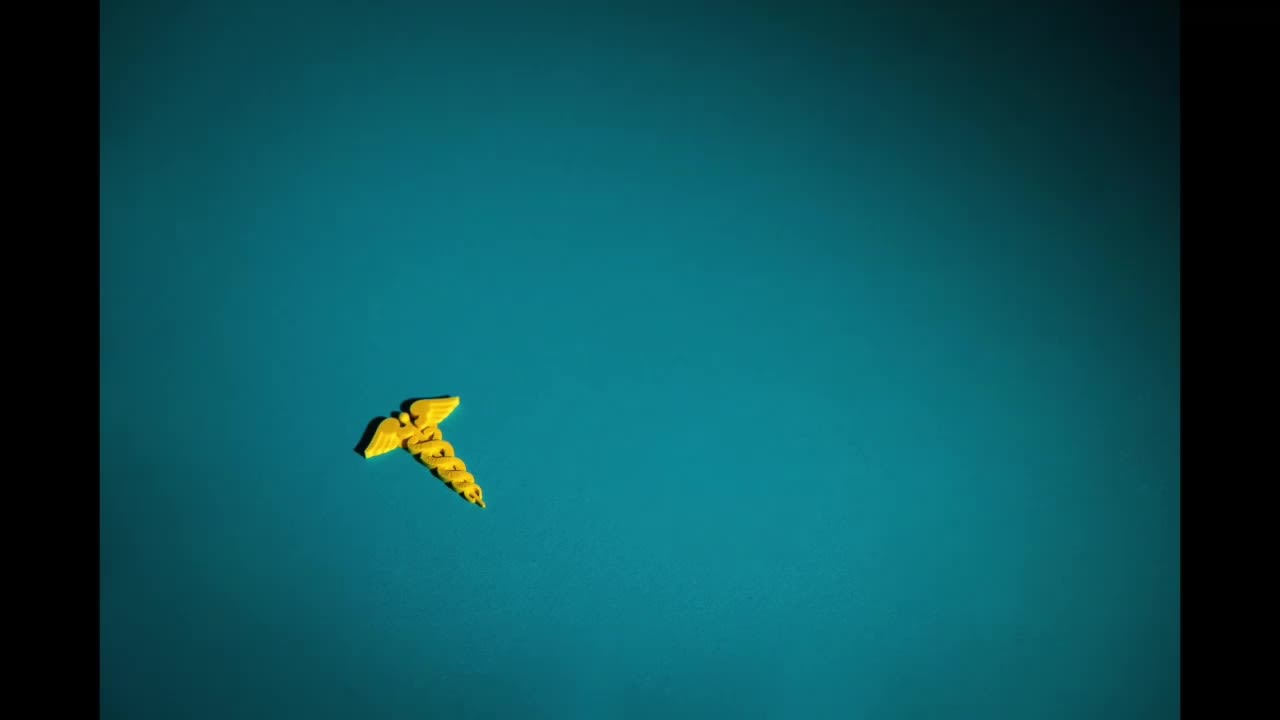
MOVING THE WORLD FORWARD


From clinical-education facilities to classrooms outfitted for innovative teaching to an interdisciplinary simulation center, the Nursing and Pharmacy Education Building will serve as a showcase for health-care education and research at Purdue.
A robust simulation experience is necessary for the future of the nursing and pharmacy programs, and the new facilities will provide the university with opportunities to test new protocols and conduct research—furthering Purdue as a national leader in these fields.
Inside the state-of-the-art building, well-equipped faculty will prepare future nurses and pharmacists to serve as collaborators in health-care settings for generations to come.
“IT’S EXTREMELY IMPORTANT FOR OUR FUTURE HEALTH-CARE WORKERS TO UNDERSTAND THAT THEY DON’T HAVE TO BE MARTYRS. IT’S SUCH A COMMON MINDSET IN THE HEALTH-CARE PROFESSION. SO I HOPE THAT, AS THESE STUDENTS LEARN TO SOLVE PROBLEMS WITH A TEAM-BASED CARE MINDSET, THEY ALSO LEARN THAT THEY DON’T HAVE TO BE THE ONLY ONES TO FIGURE THINGS OUT.”

SUPPORT THE FUTURE OF HEALTH CARE!
Your donation can help Purdue advance its land-grant mission.
Read more stories from this issue of Purdue Alumnus magazine.
